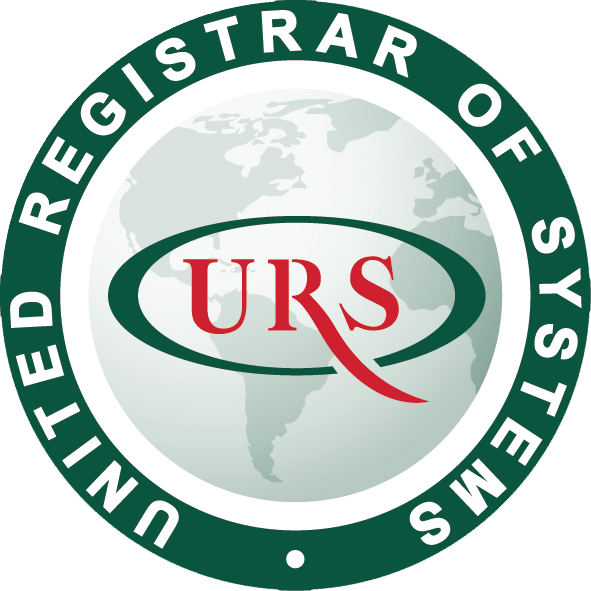ISO 14001 certification process involves a thorough assessment of an organization’s environmental management system. This includes its policies, procedures, and practices related to environmental management. The certification process is typically carried out by an accredited third-party certification body, which verifies that the organization’s environmental management system meets the ISO 14001 standard requirements. Once certified, organizations can display the ISO 14001 certification mark, which is a globally recognized symbol of their commitment to environmental responsibility.

The ISO 14001 certification process typically involves the following steps:
- Implementing an Environmental Management System (EMS): The first step towards ISO 14001 certification is implementing an EMS, which involves establishing policies, procedures, and practices that help an organization identify and manage its environmental impacts. The EMS should be designed to meet the ISO 14001 standard requirements and should be tailored to the specific needs of the organization.
- Pre-audit or Gap Analysis: Before undergoing the formal certification audit, many organizations opt to conduct a pre-audit or gap analysis. This involves assessing the organization’s current EMS against the ISO 14001 standard requirements to identify any gaps or areas of improvement that need to be addressed.
- Formal Certification Audit: The formal certification audit is conducted by an accredited third-party certification body. The audit involves a detailed review of the organization’s EMS to ensure it meets the ISO 14001 standard requirements. The audit may involve interviews with employees, a review of documentation, and site visits.
- Corrective Actions: If any non-conformances are identified during the audit, the organization must take corrective actions to address them. This may involve revising procedures or practices to ensure compliance with the ISO 14001 standard.
- Certification: Once the certification body is satisfied that the organization’s EMS meets the ISO 14001 standard requirements, it will issue the ISO 14001 certification. The certification is typically valid for three years, after which the organization must undergo a recertification audit to maintain its certification.
- Continual Improvement: The Environmental Management System (EMS) emphasizes continual improvement, and organizations are expected to regularly review and improve their EMS to reduce environmental impacts and comply with relevant regulations. The certification process is not a one-time event, but rather an ongoing commitment to improving environmental performance.
